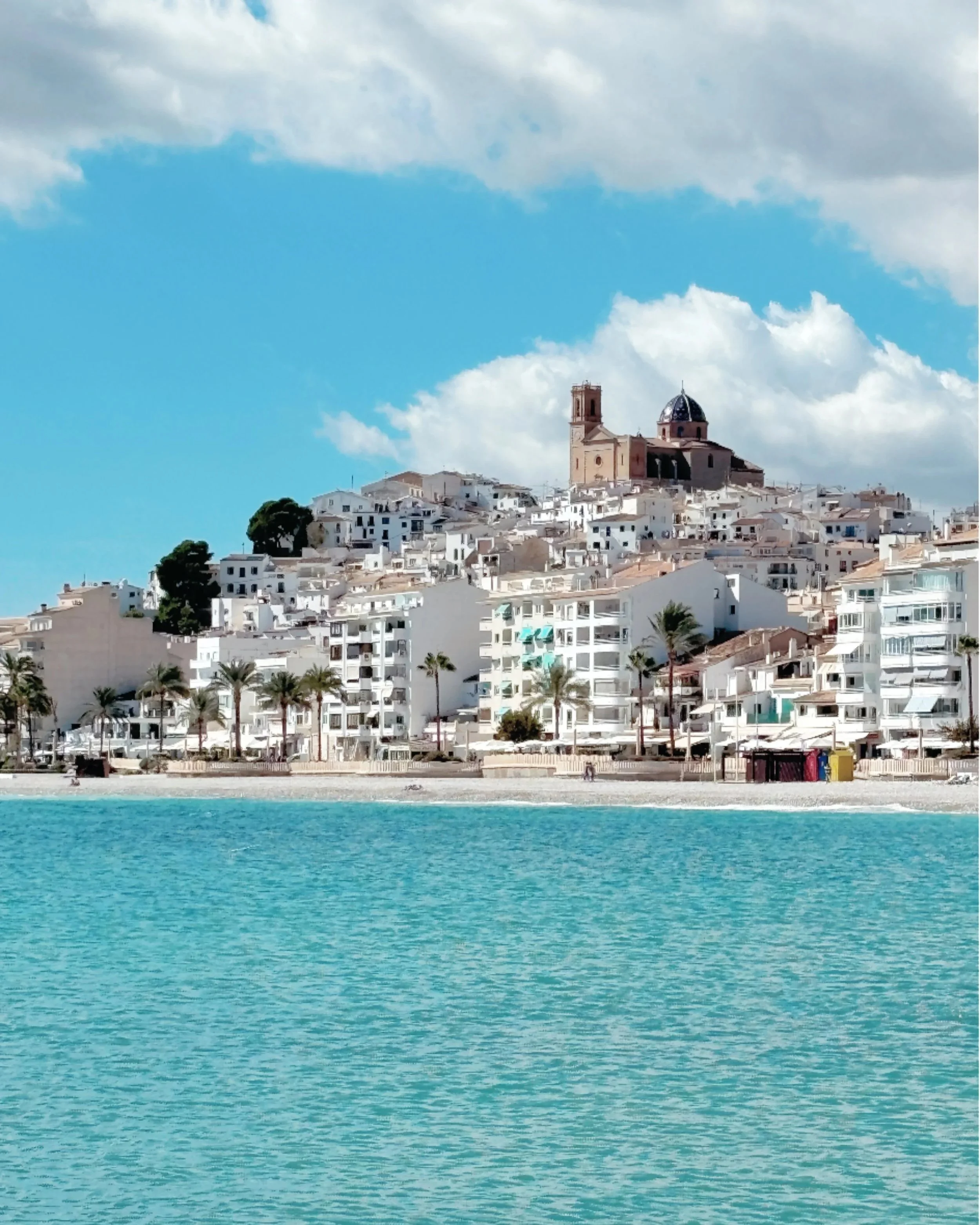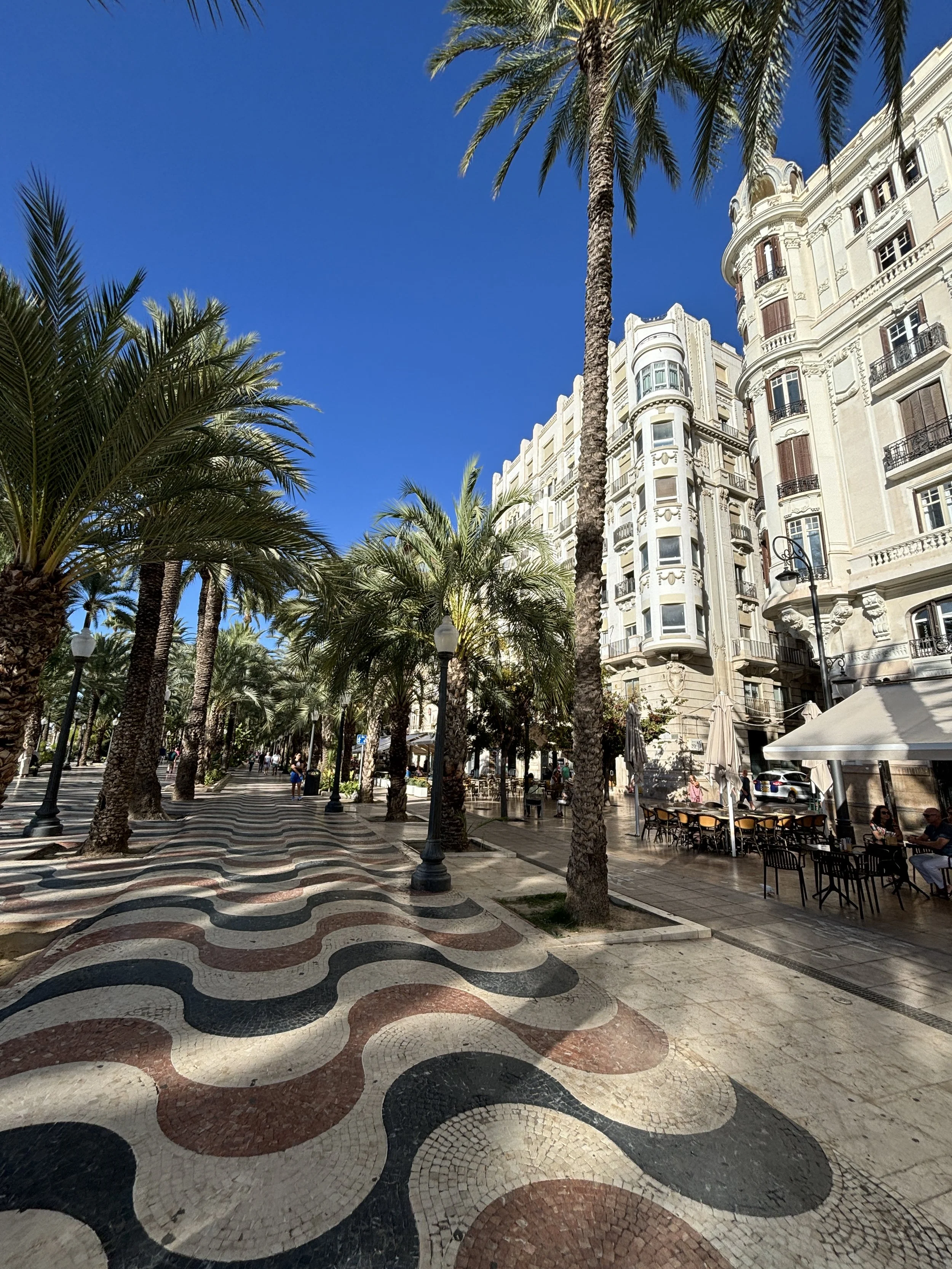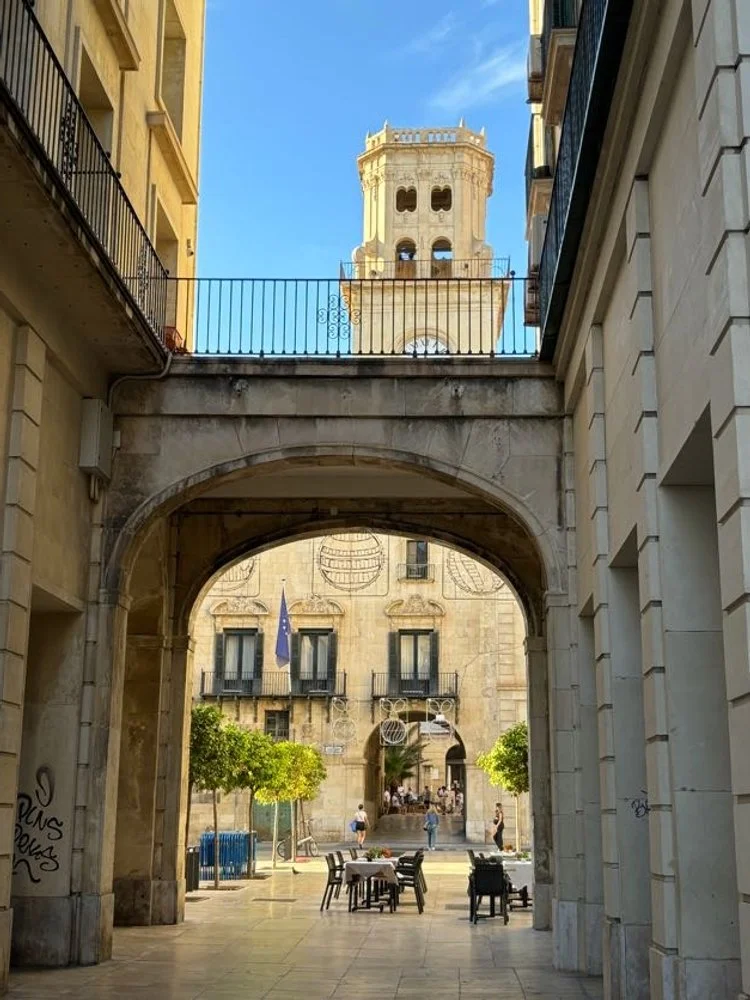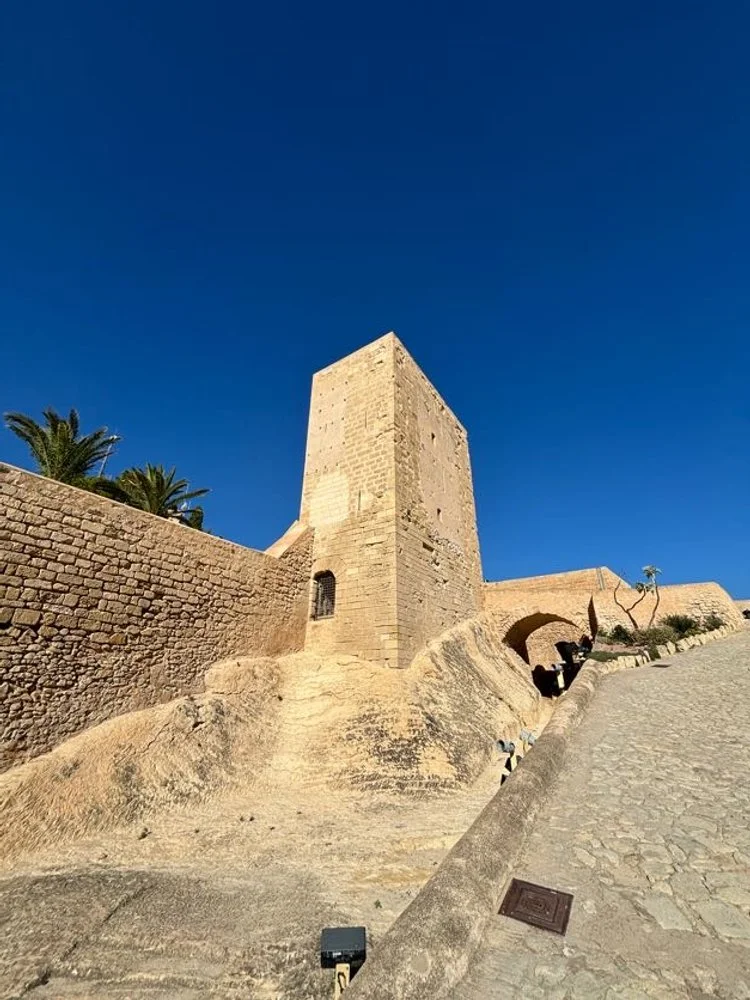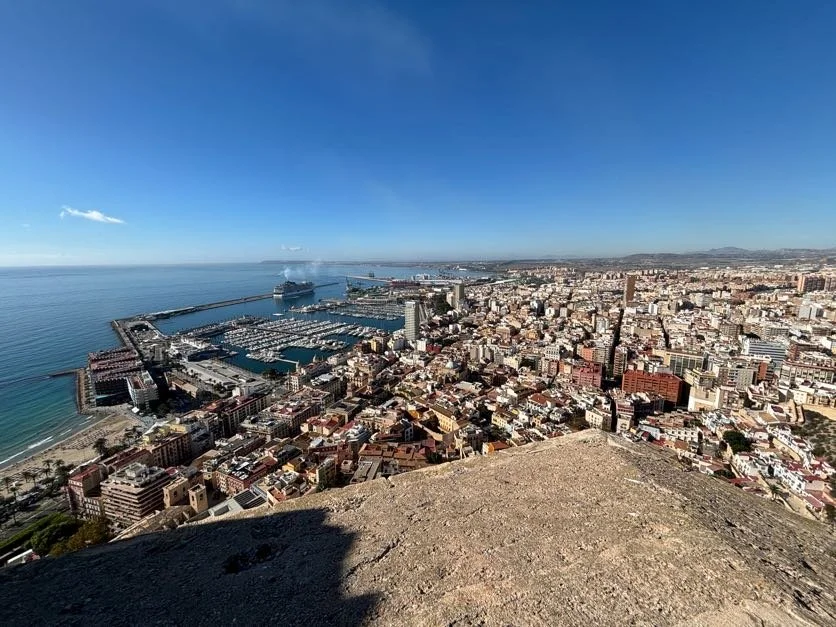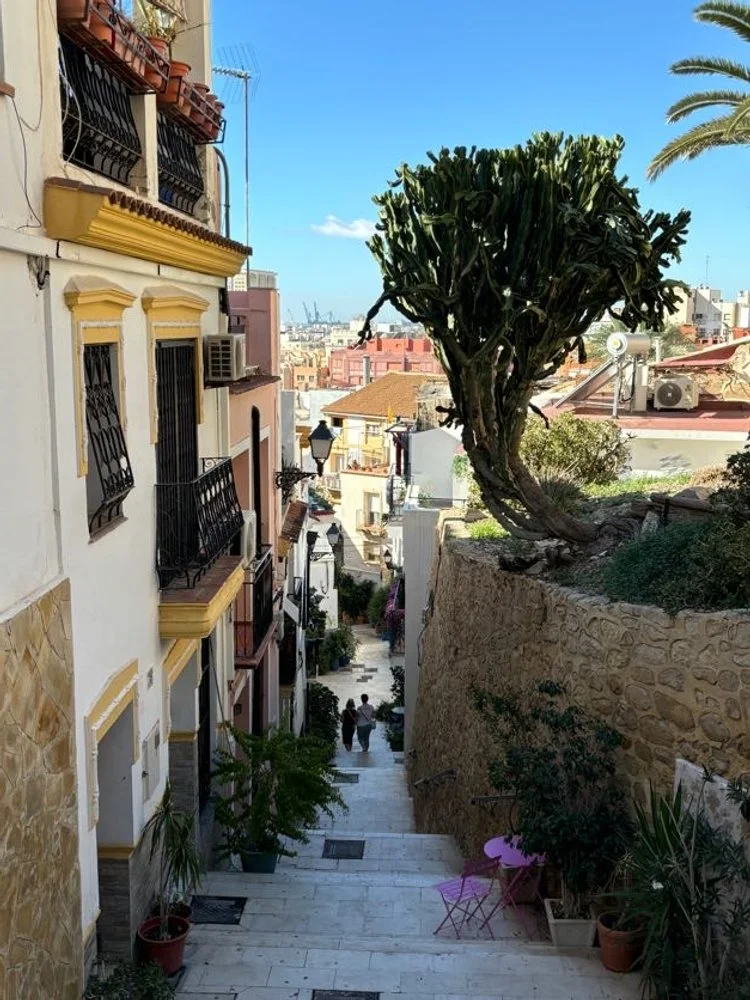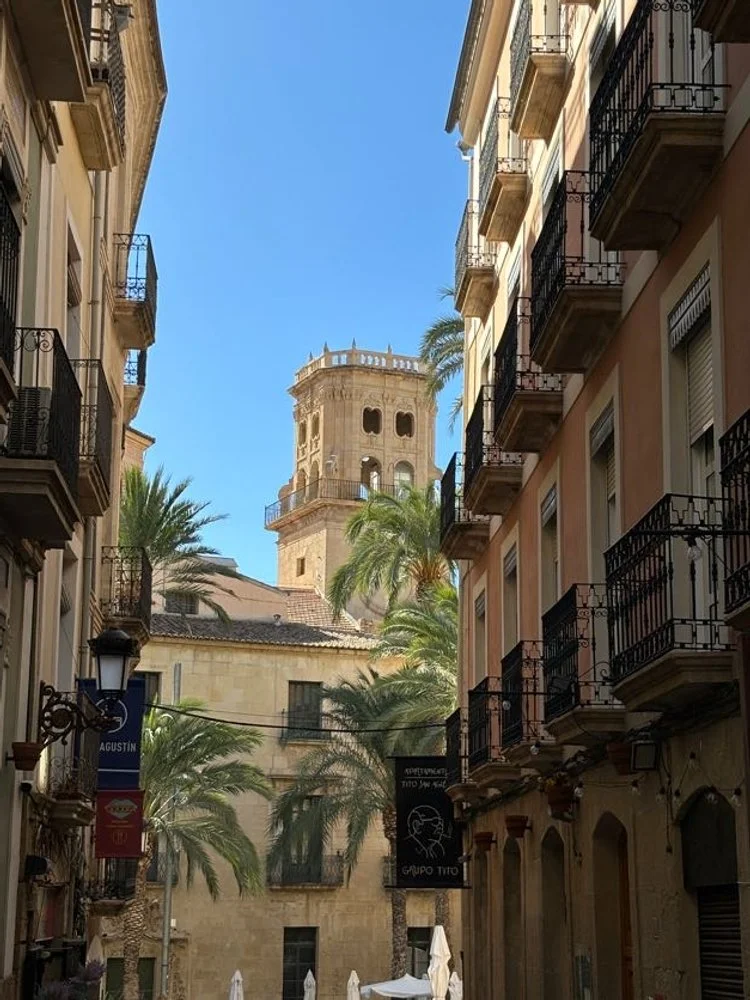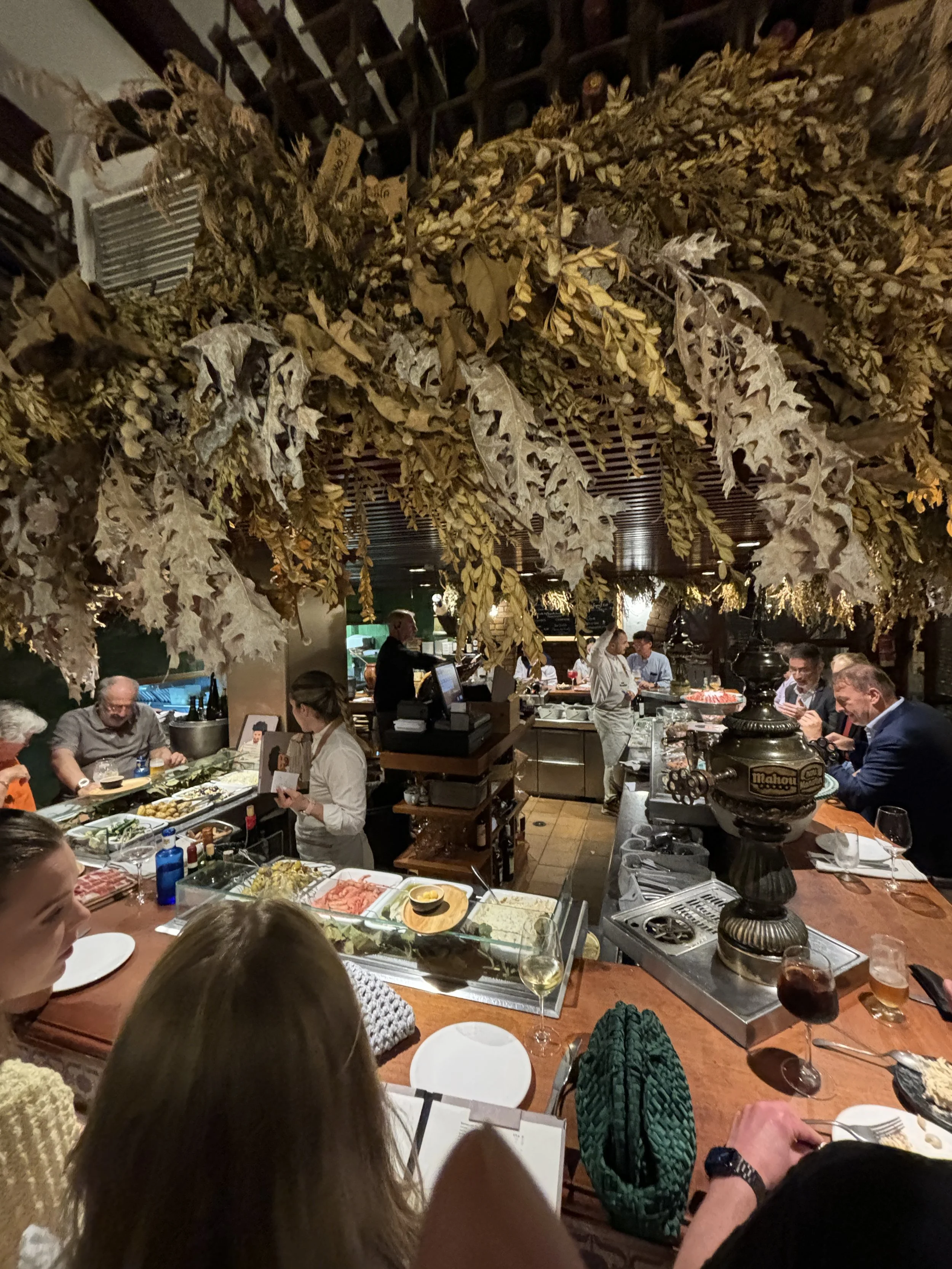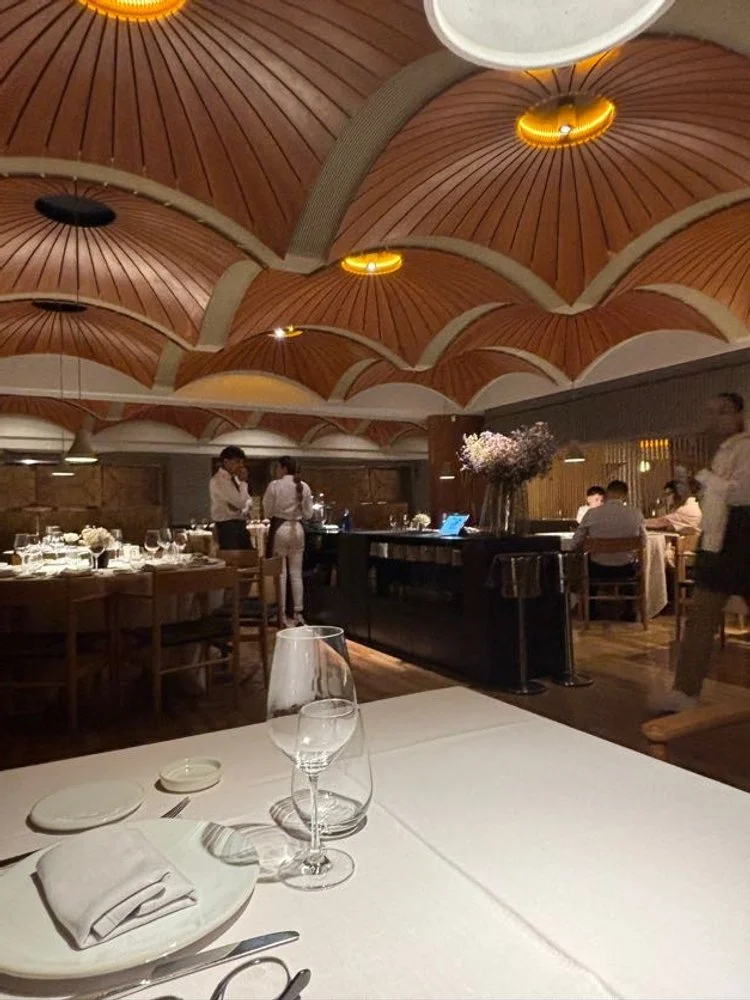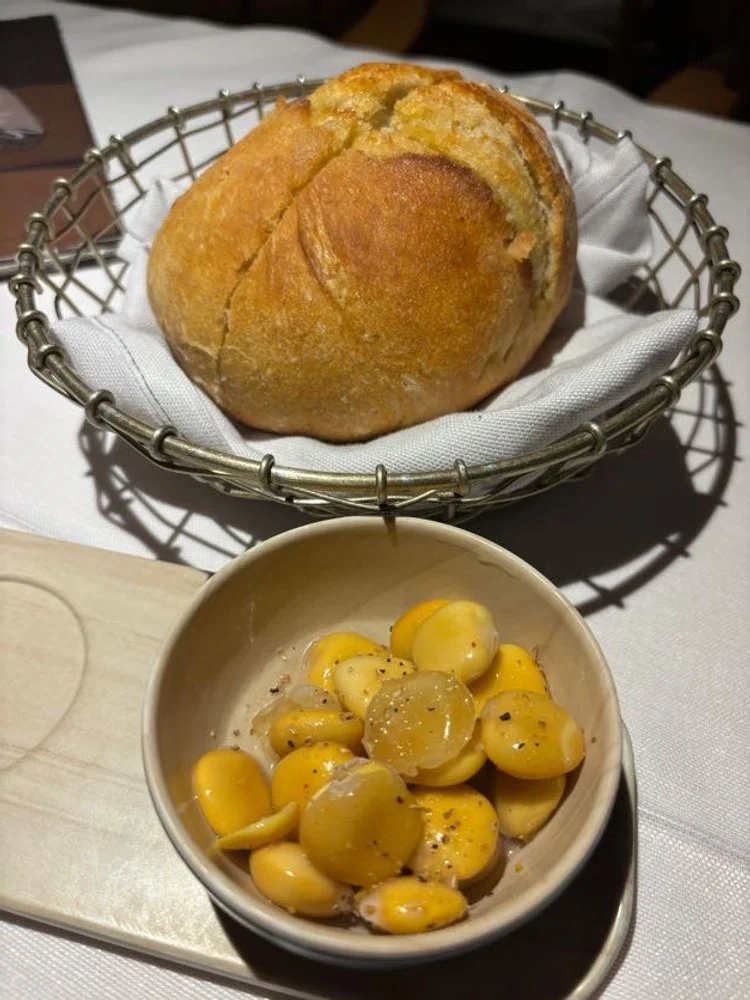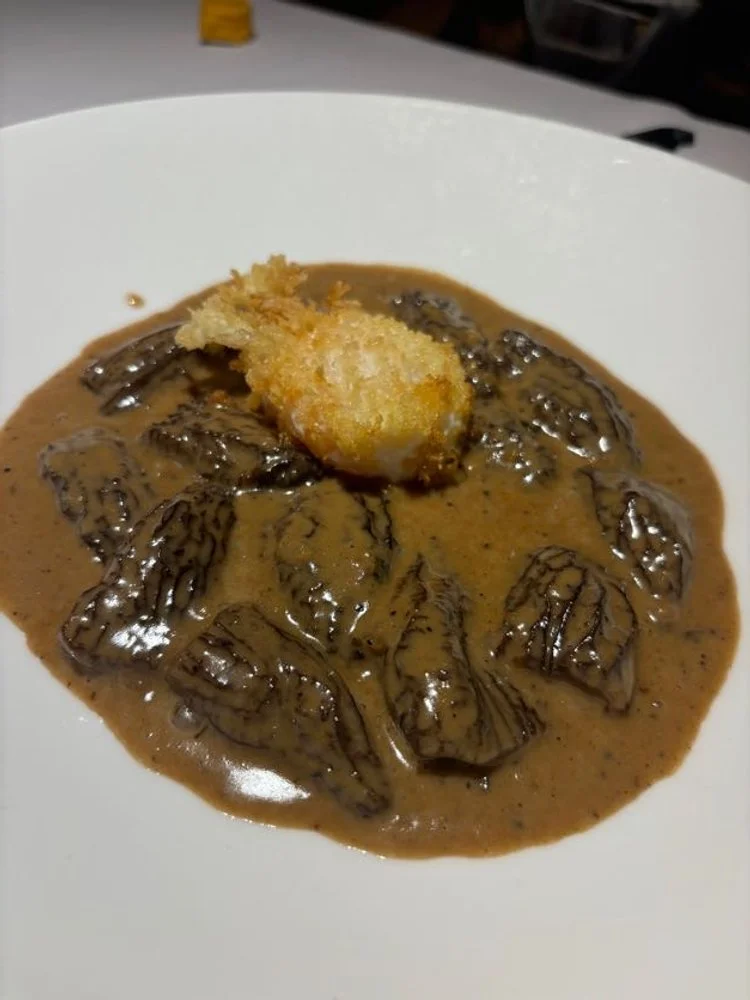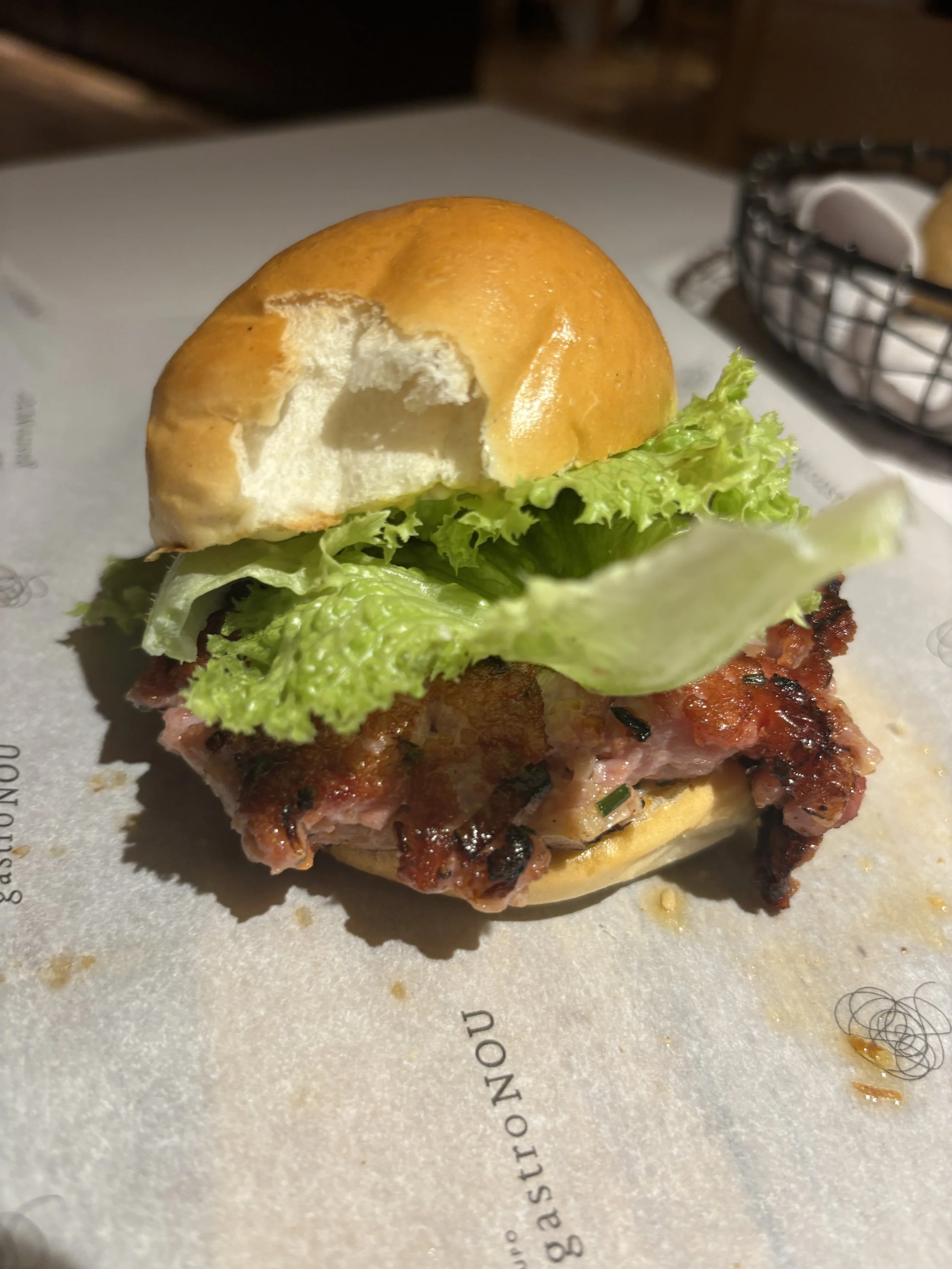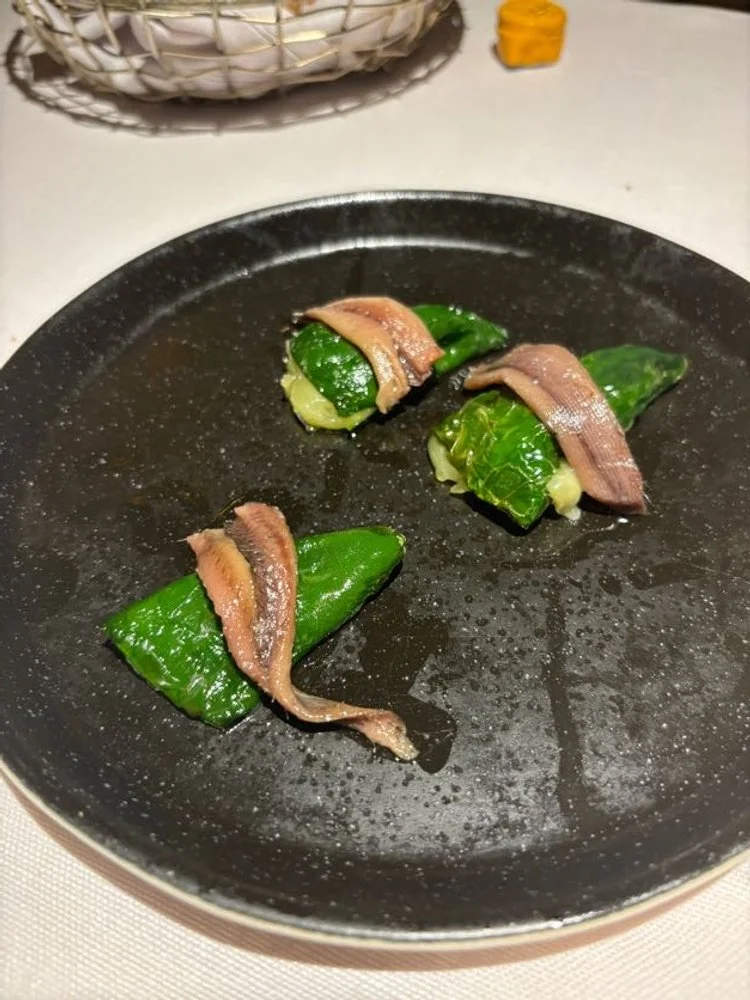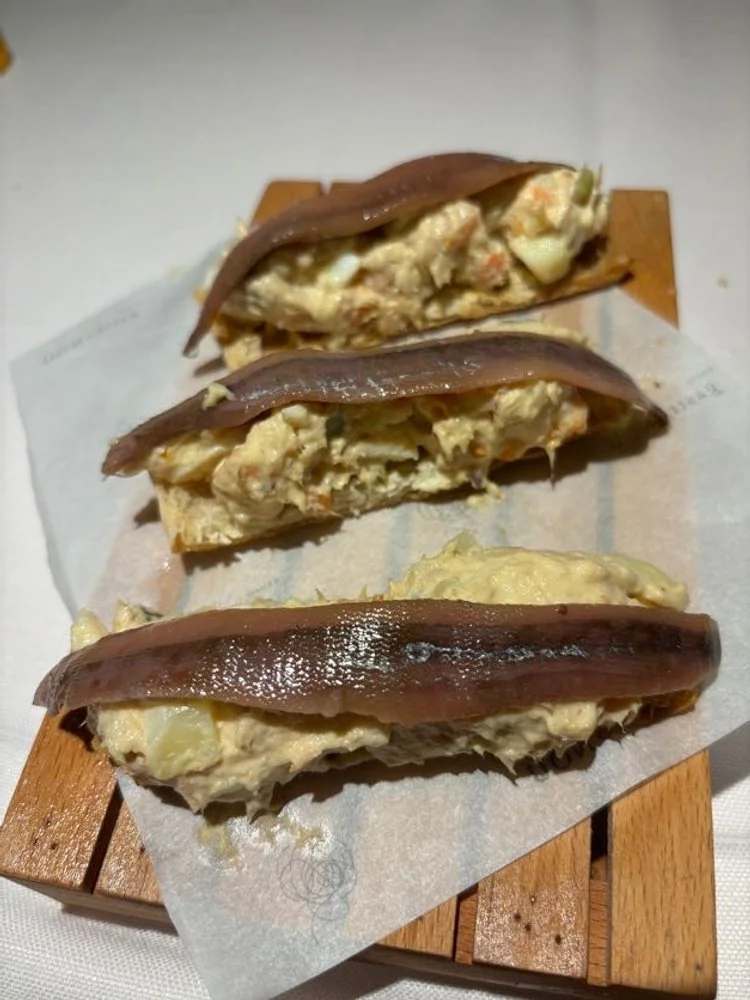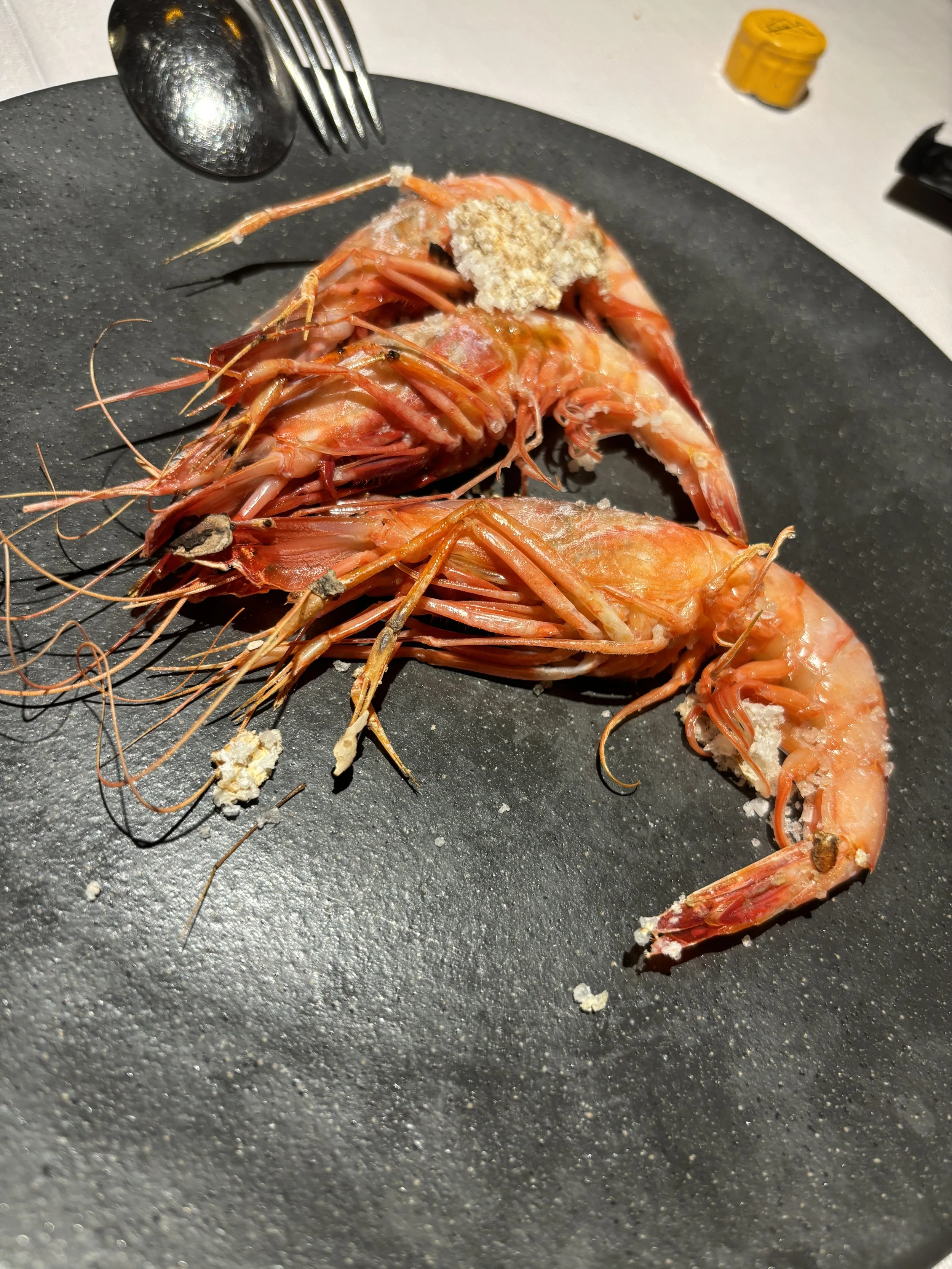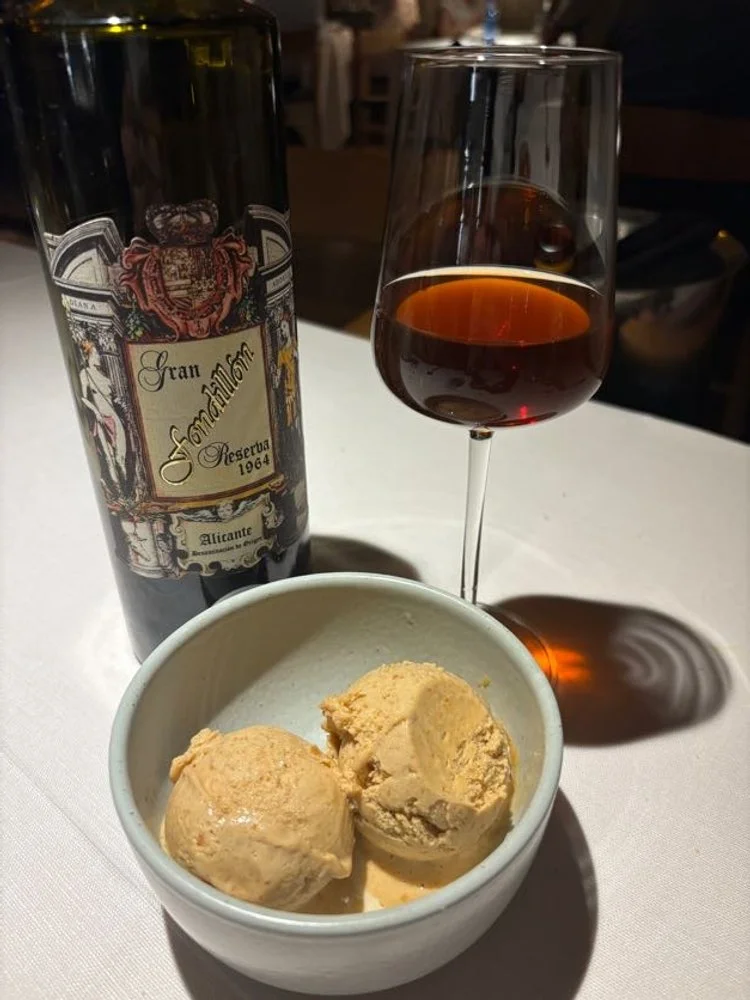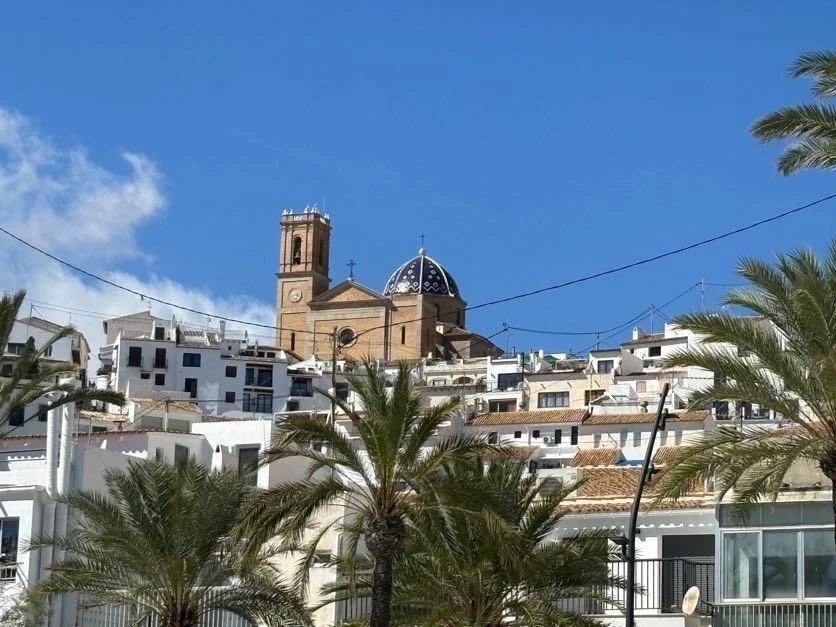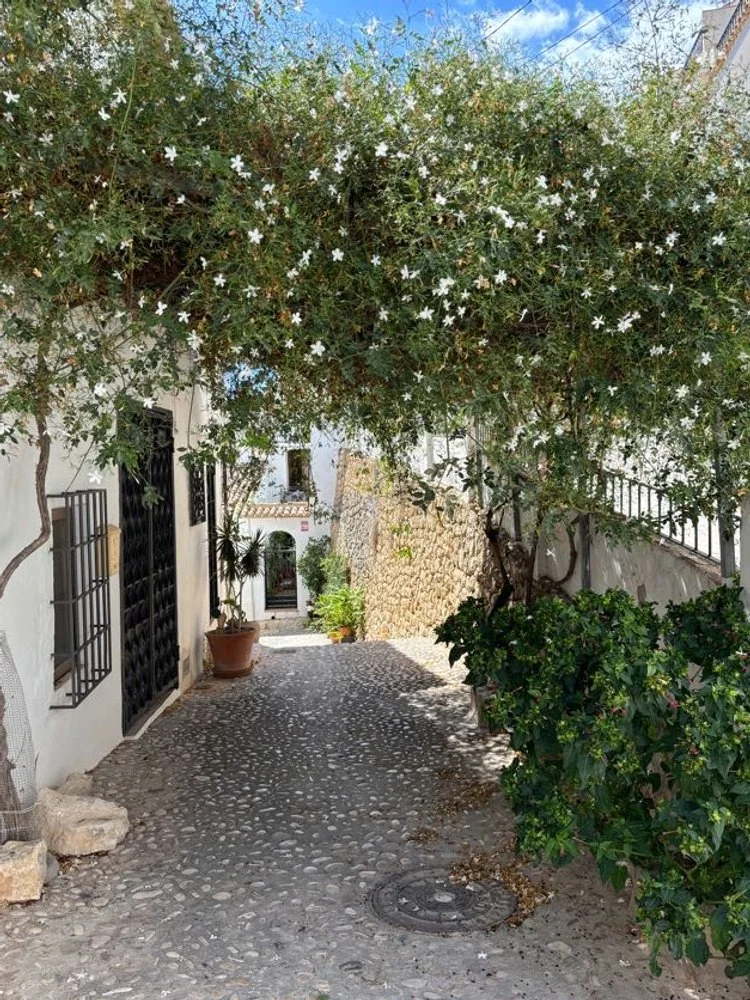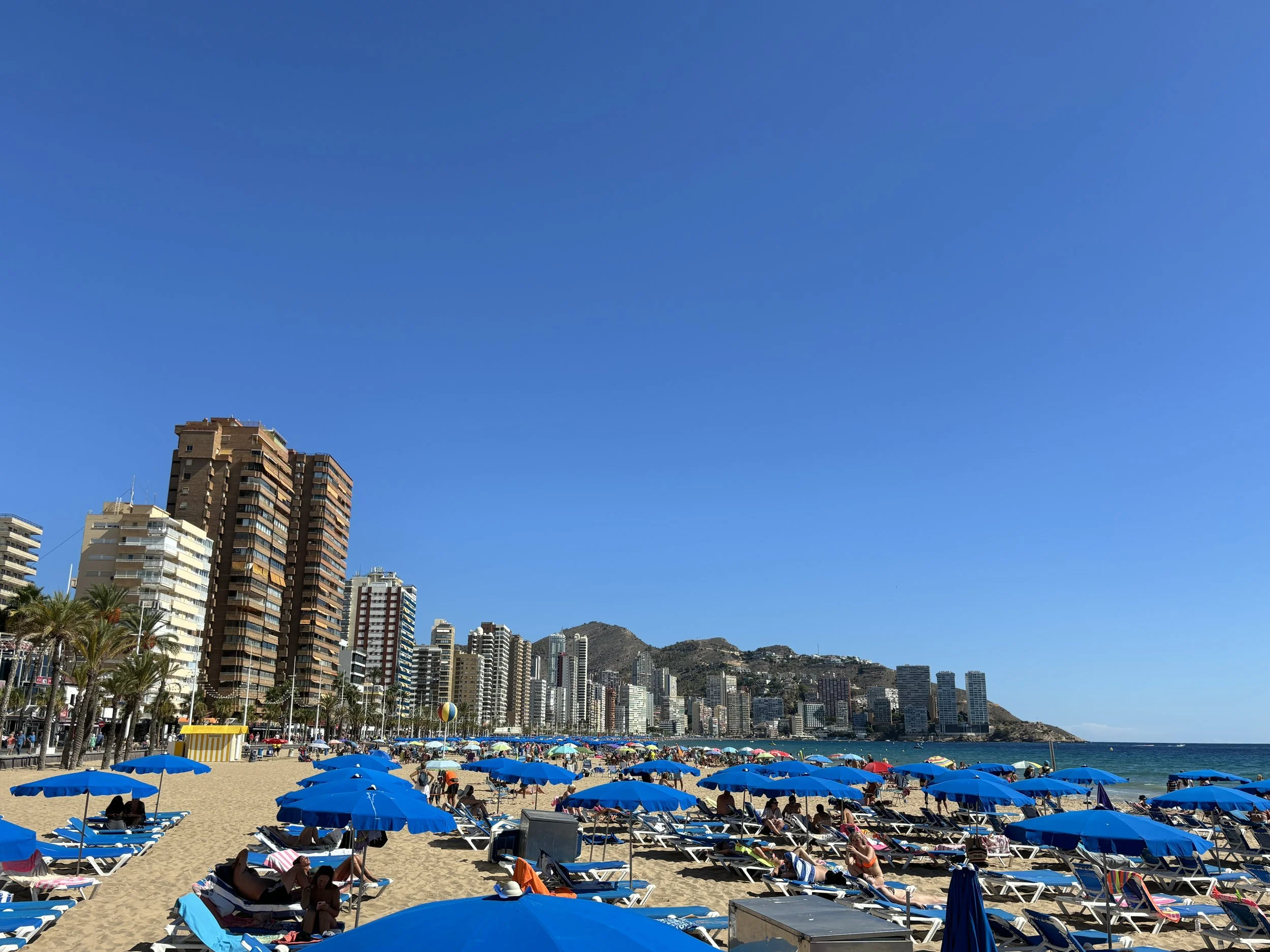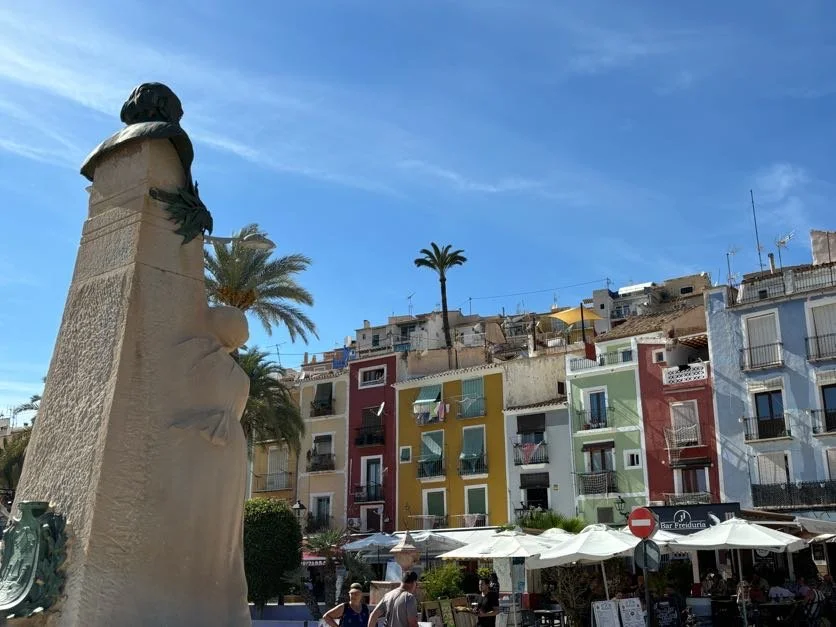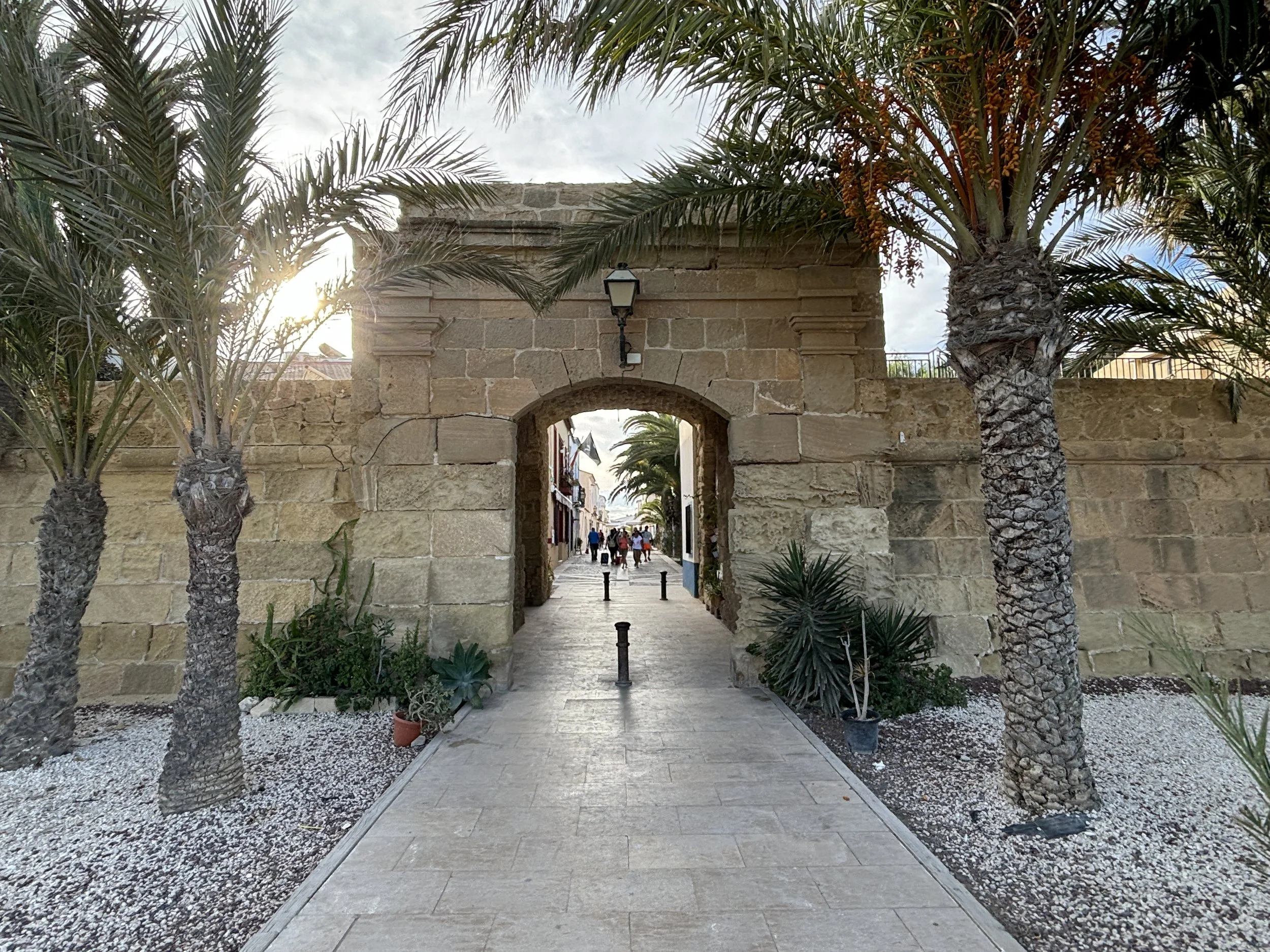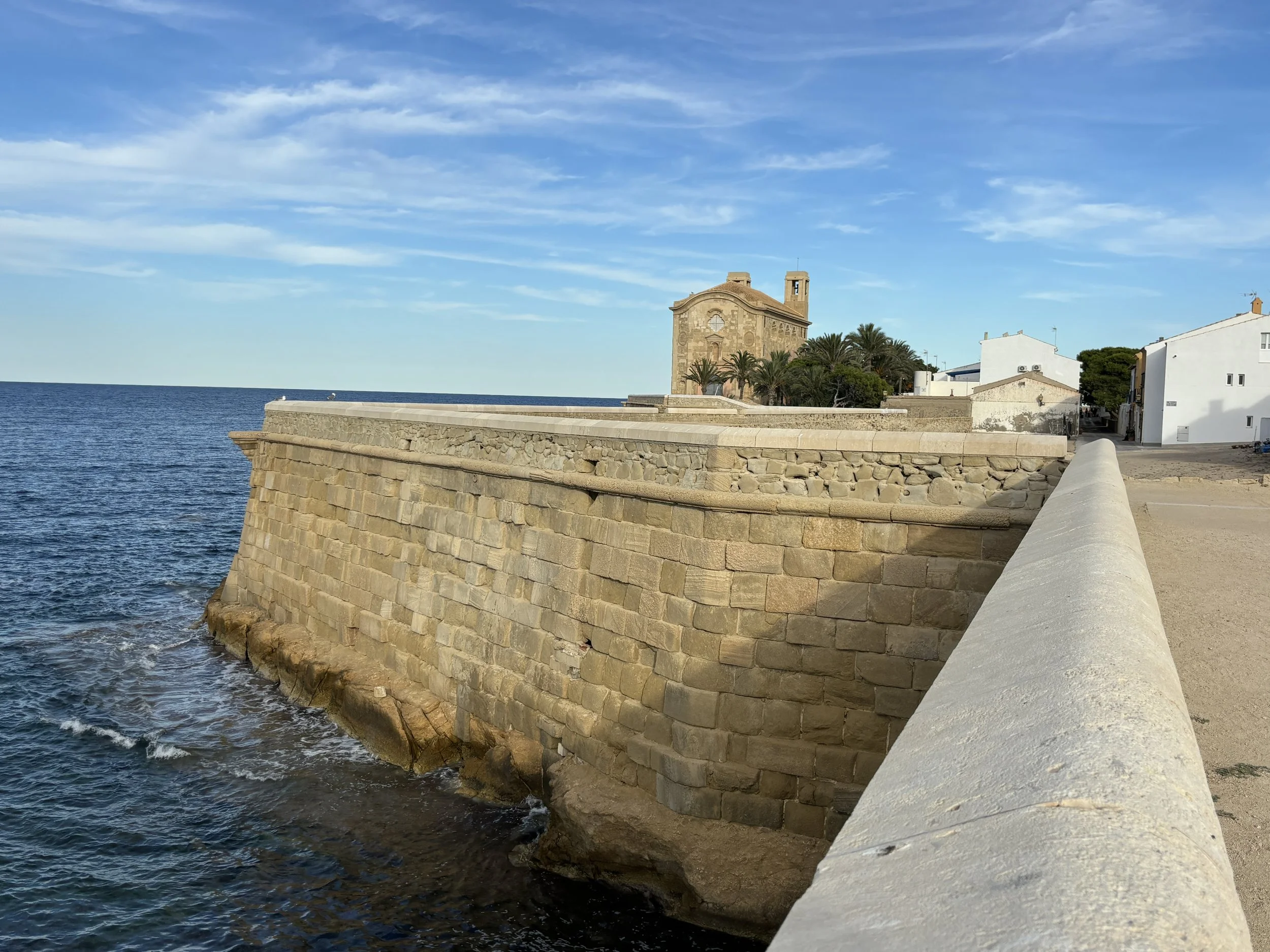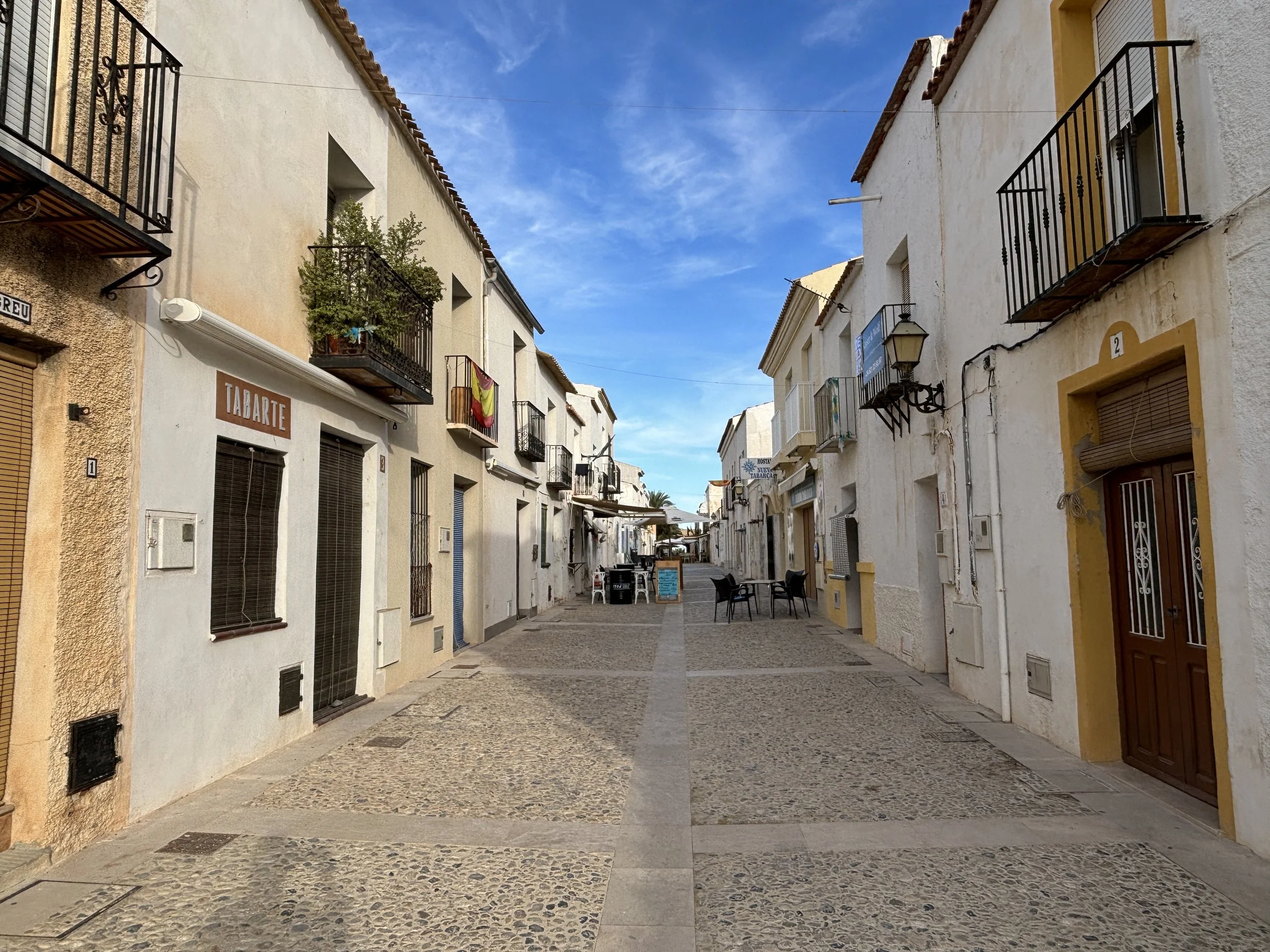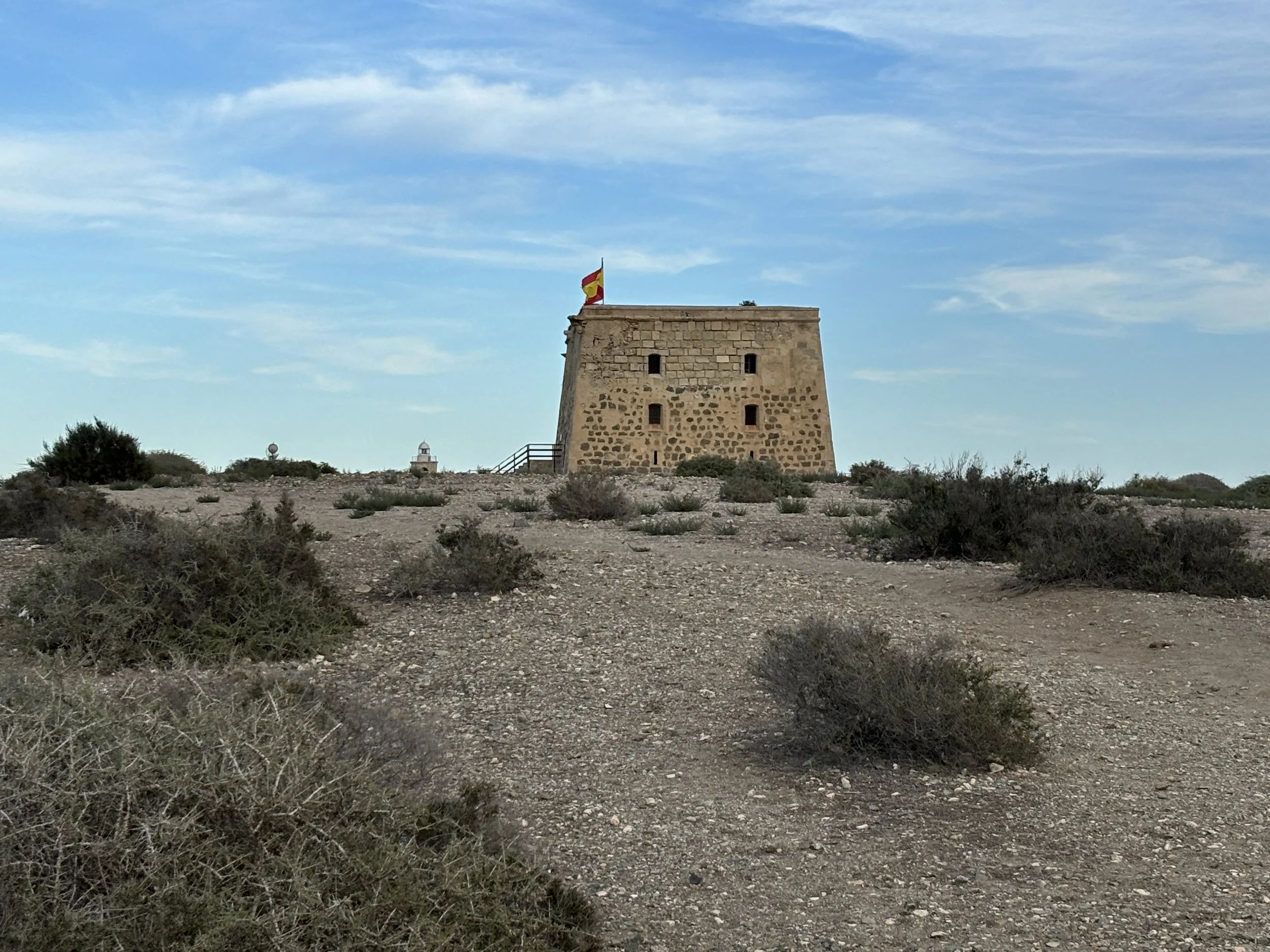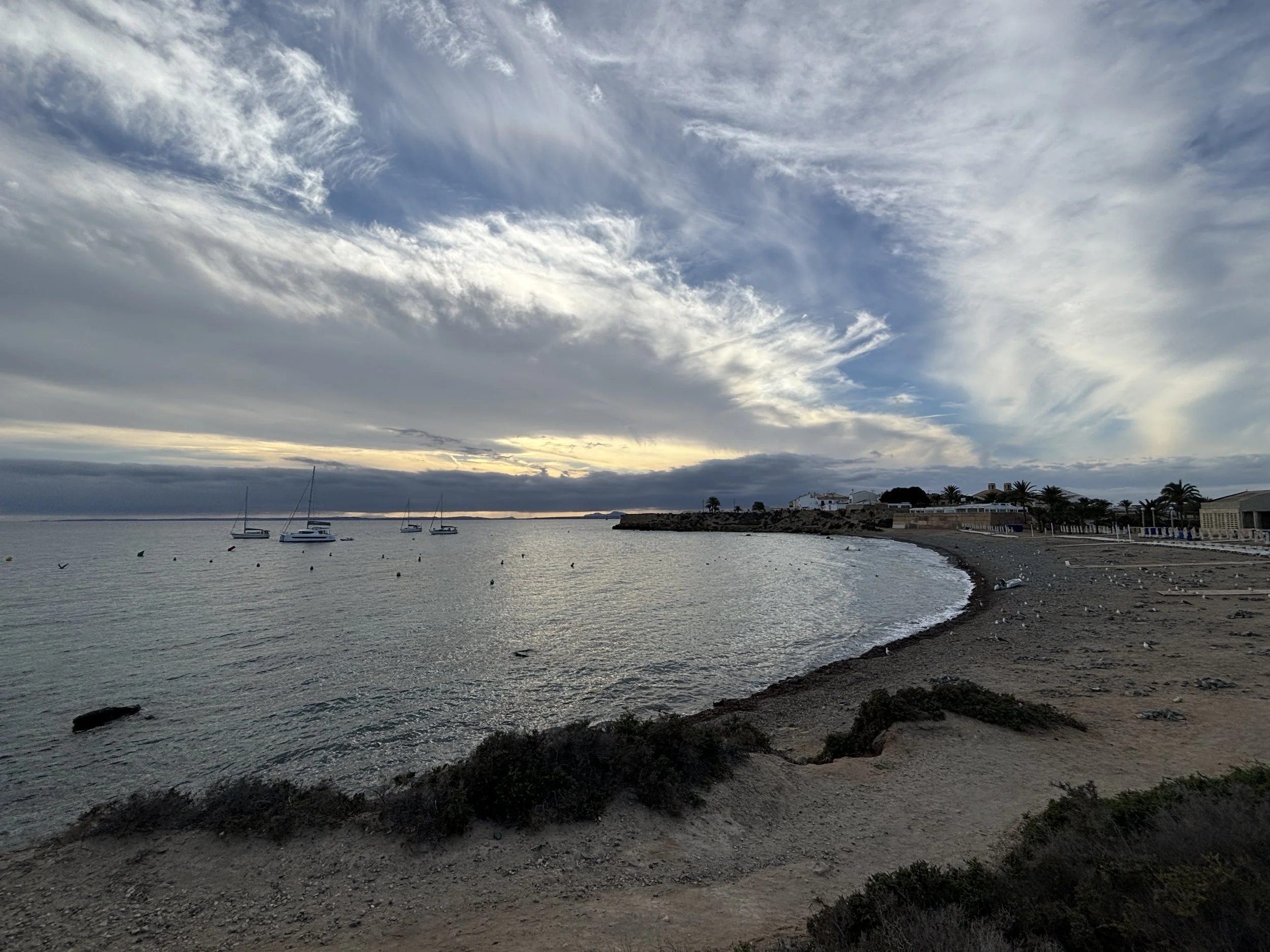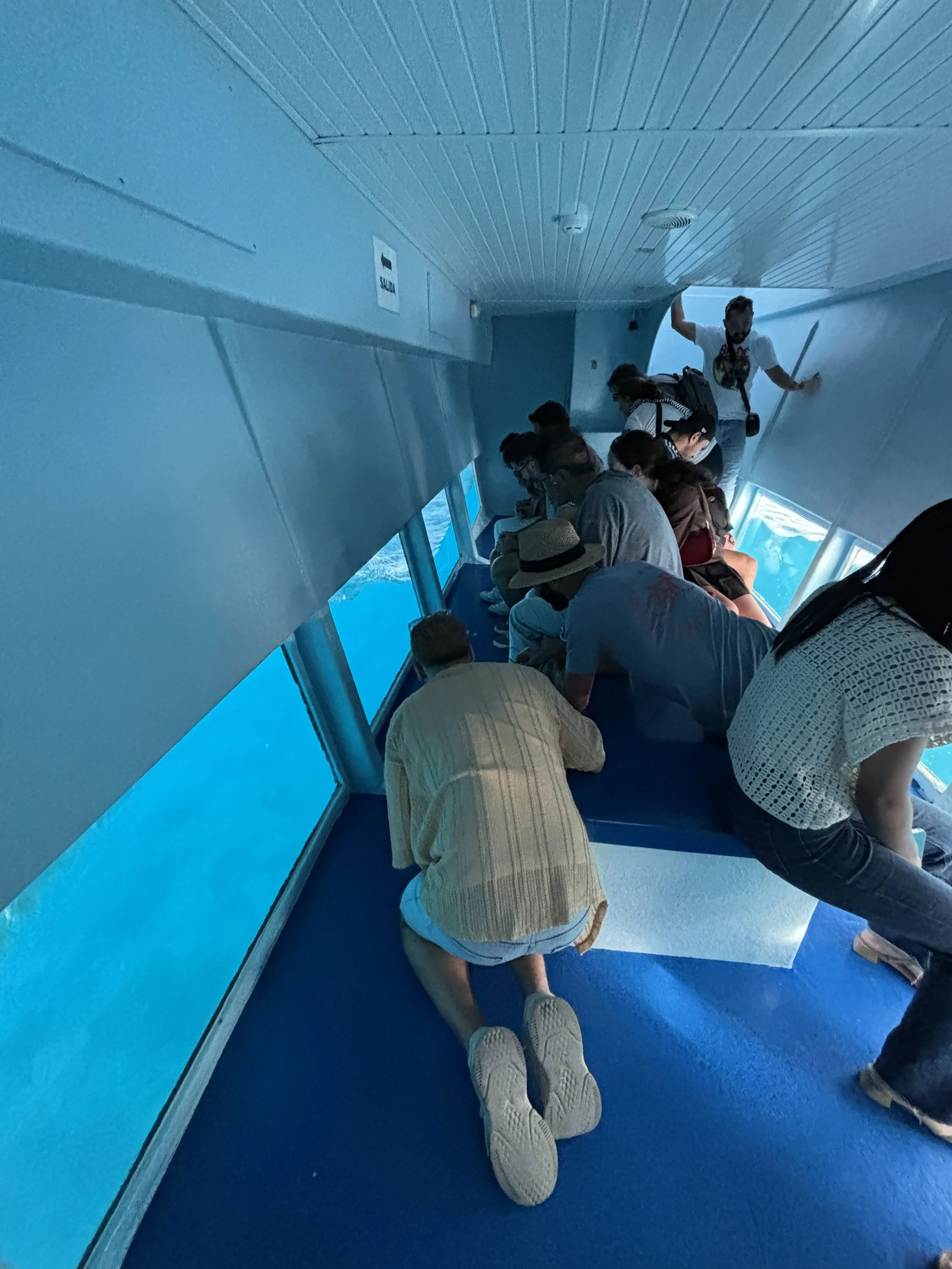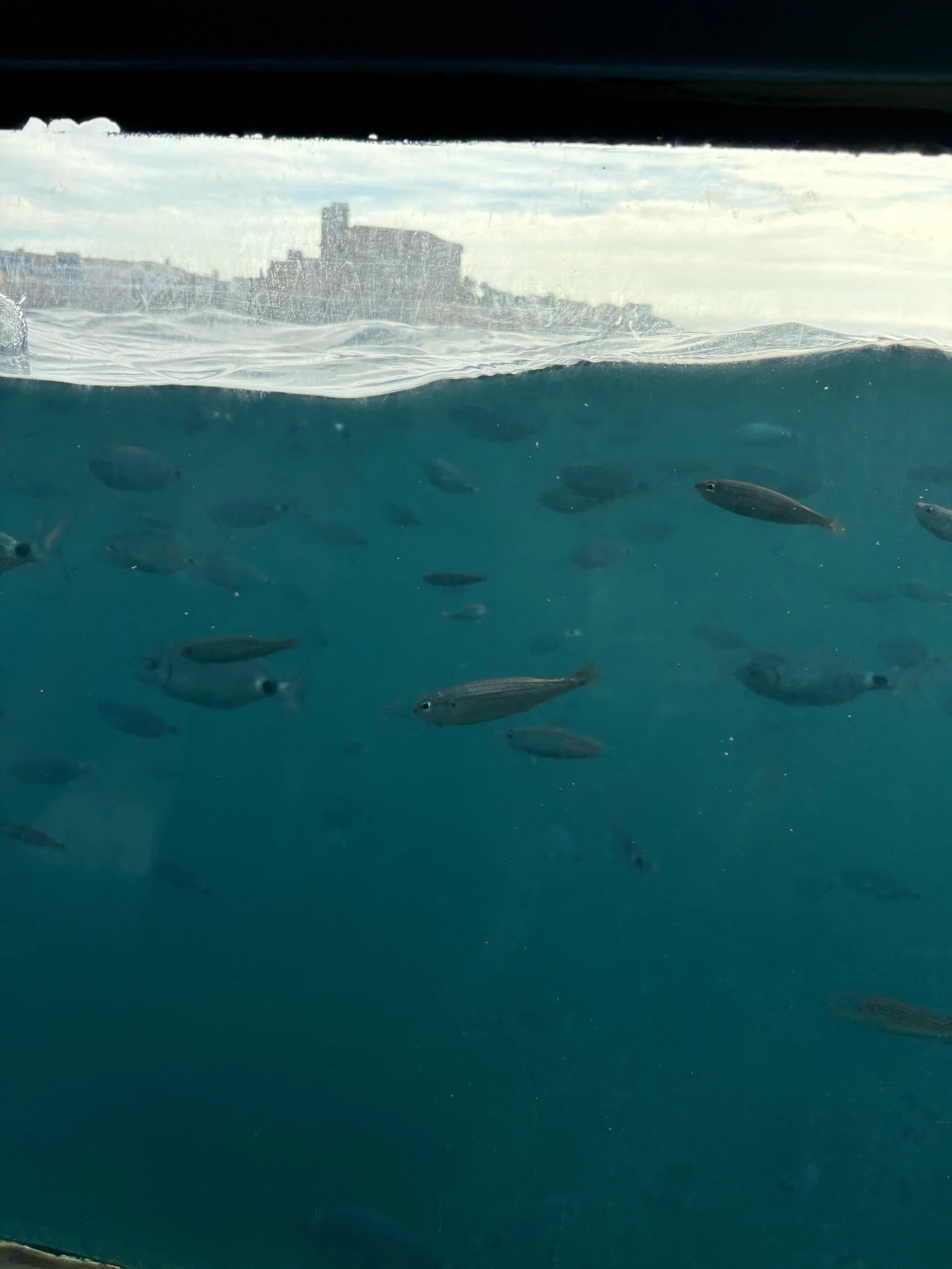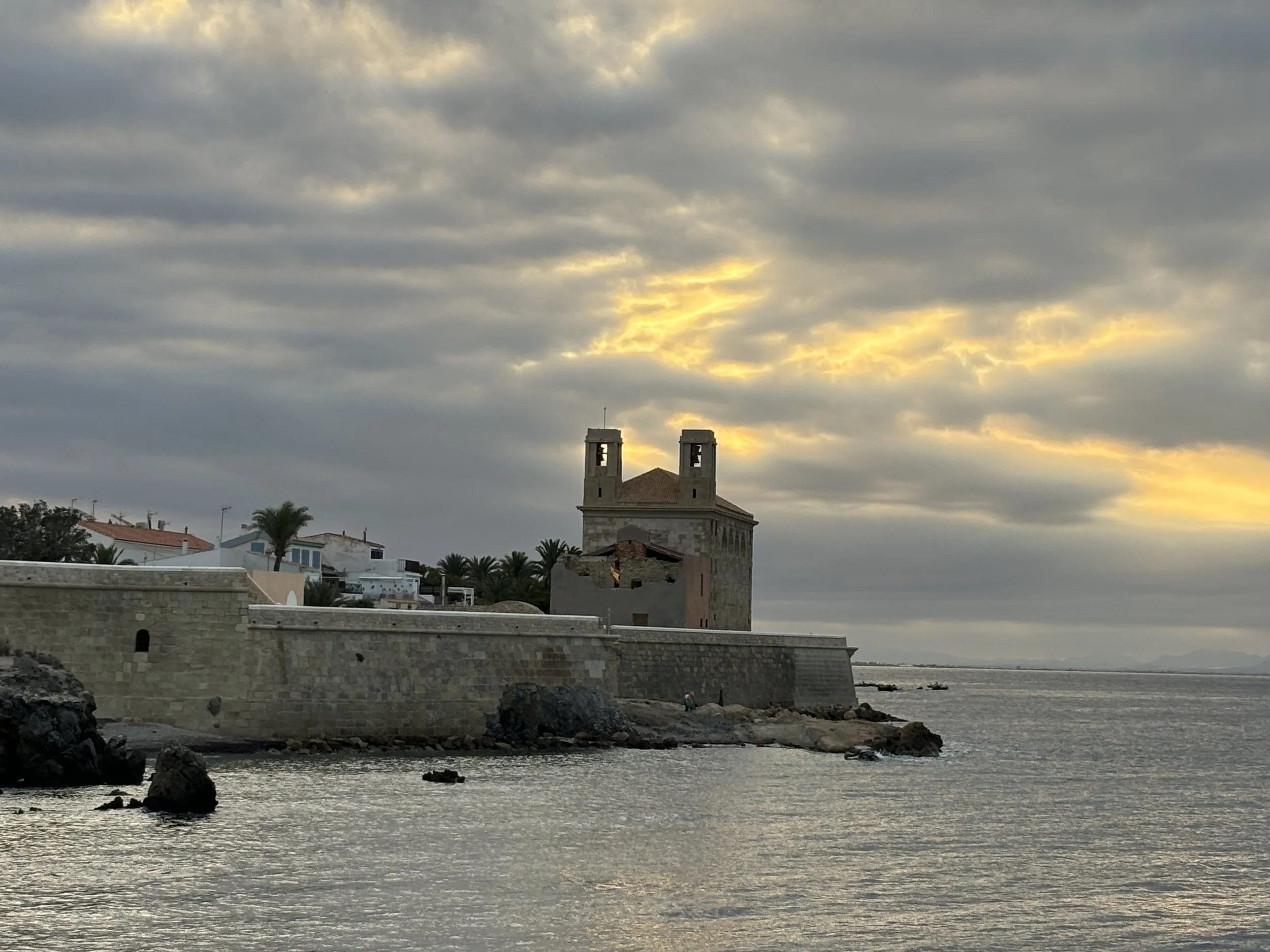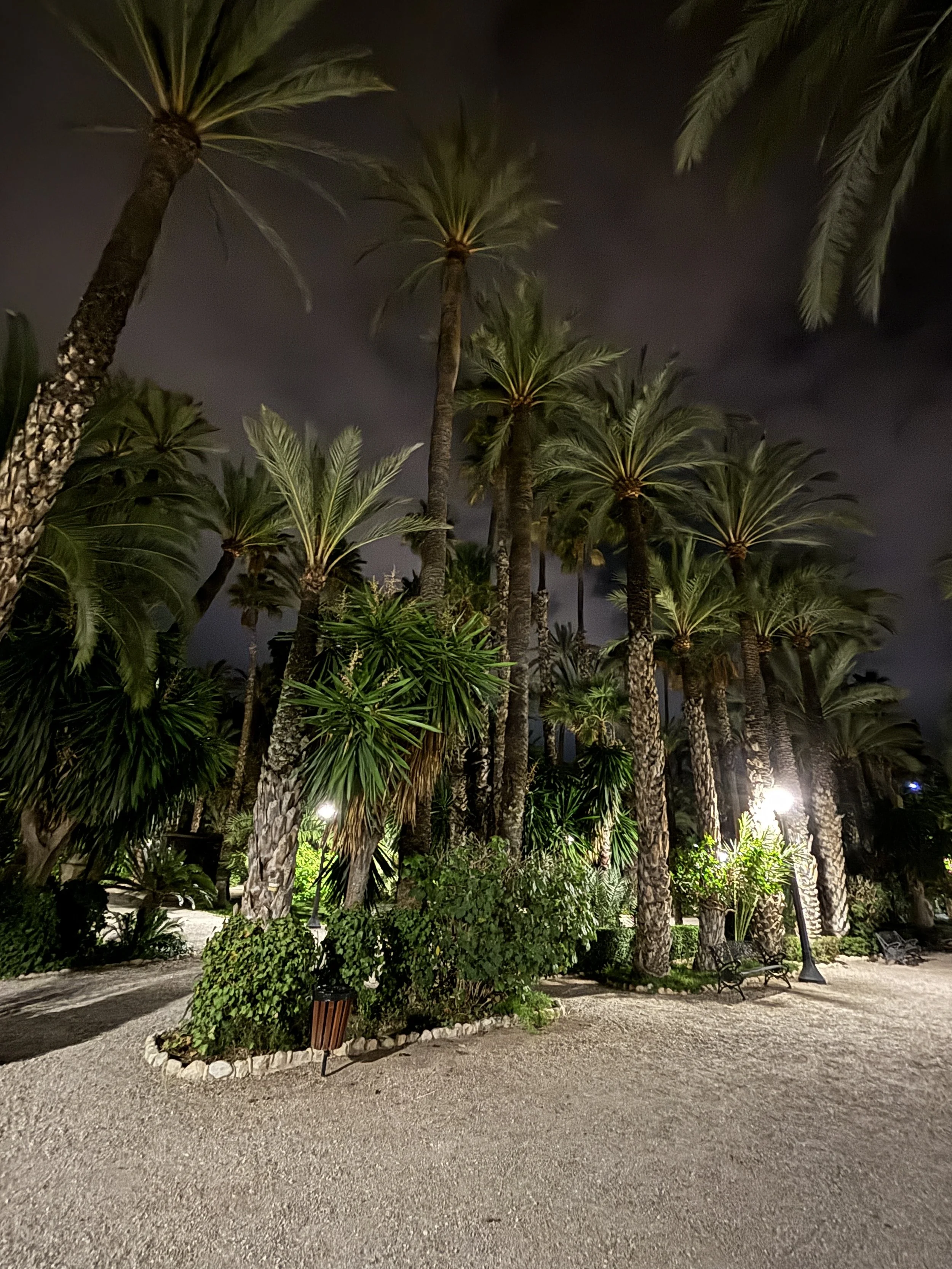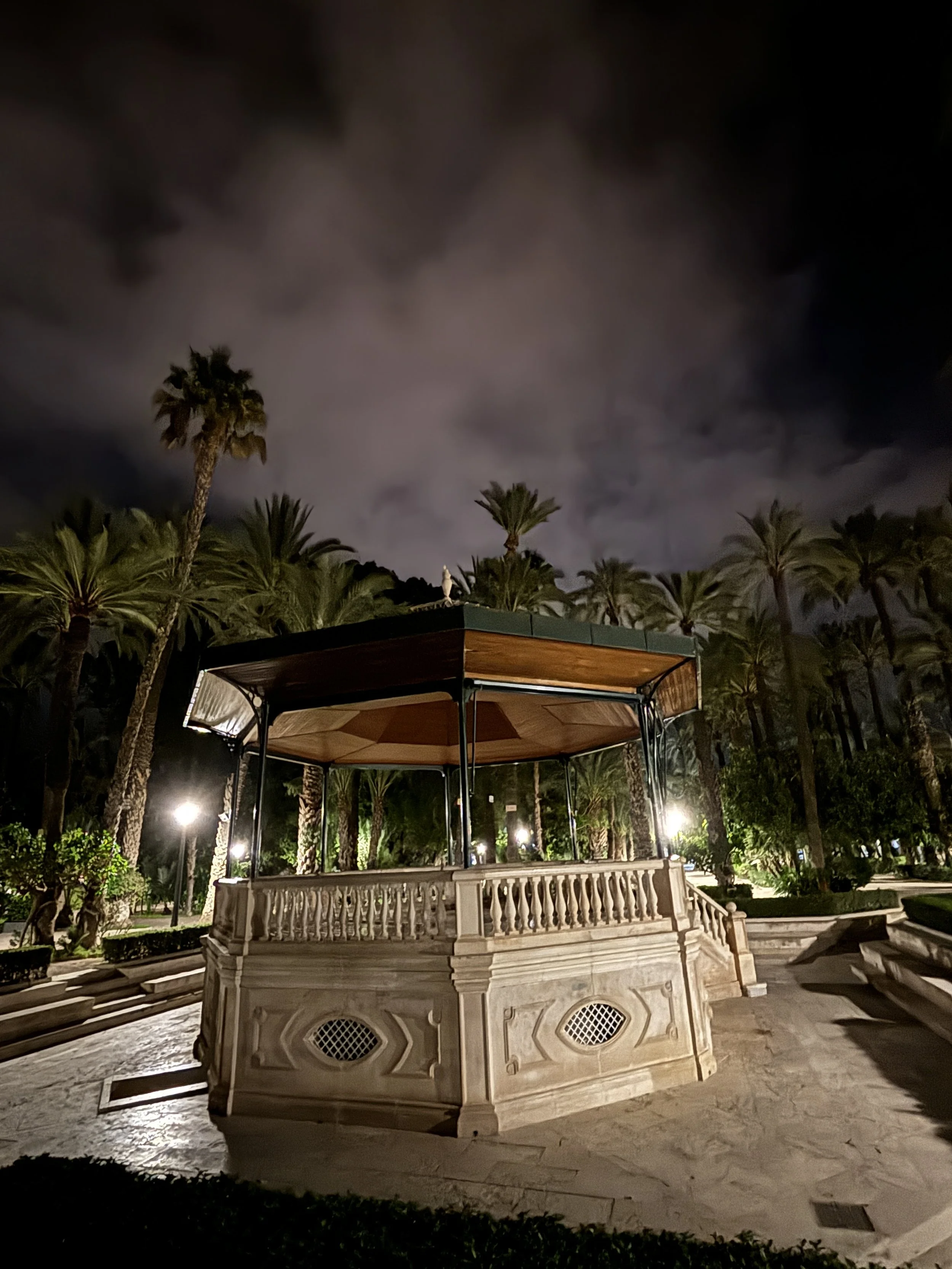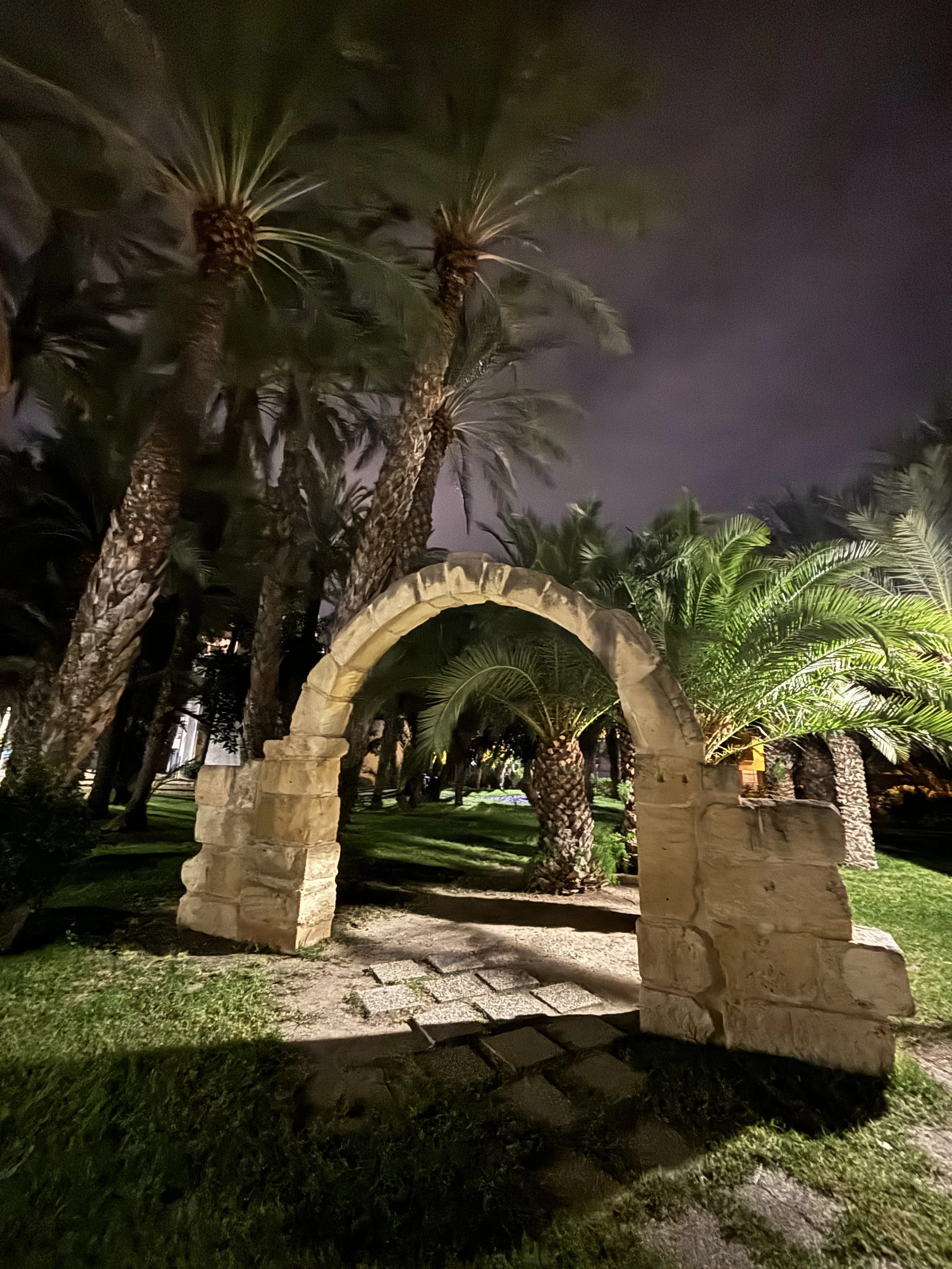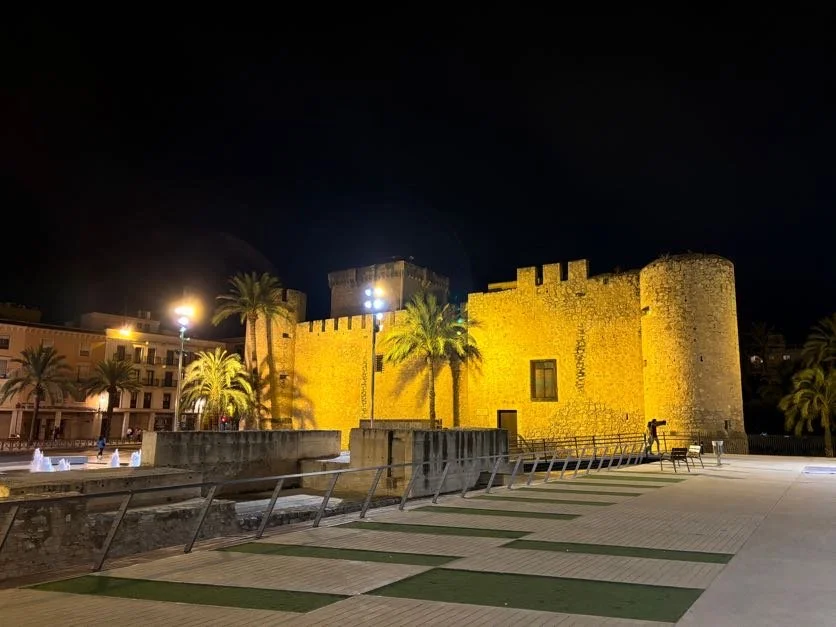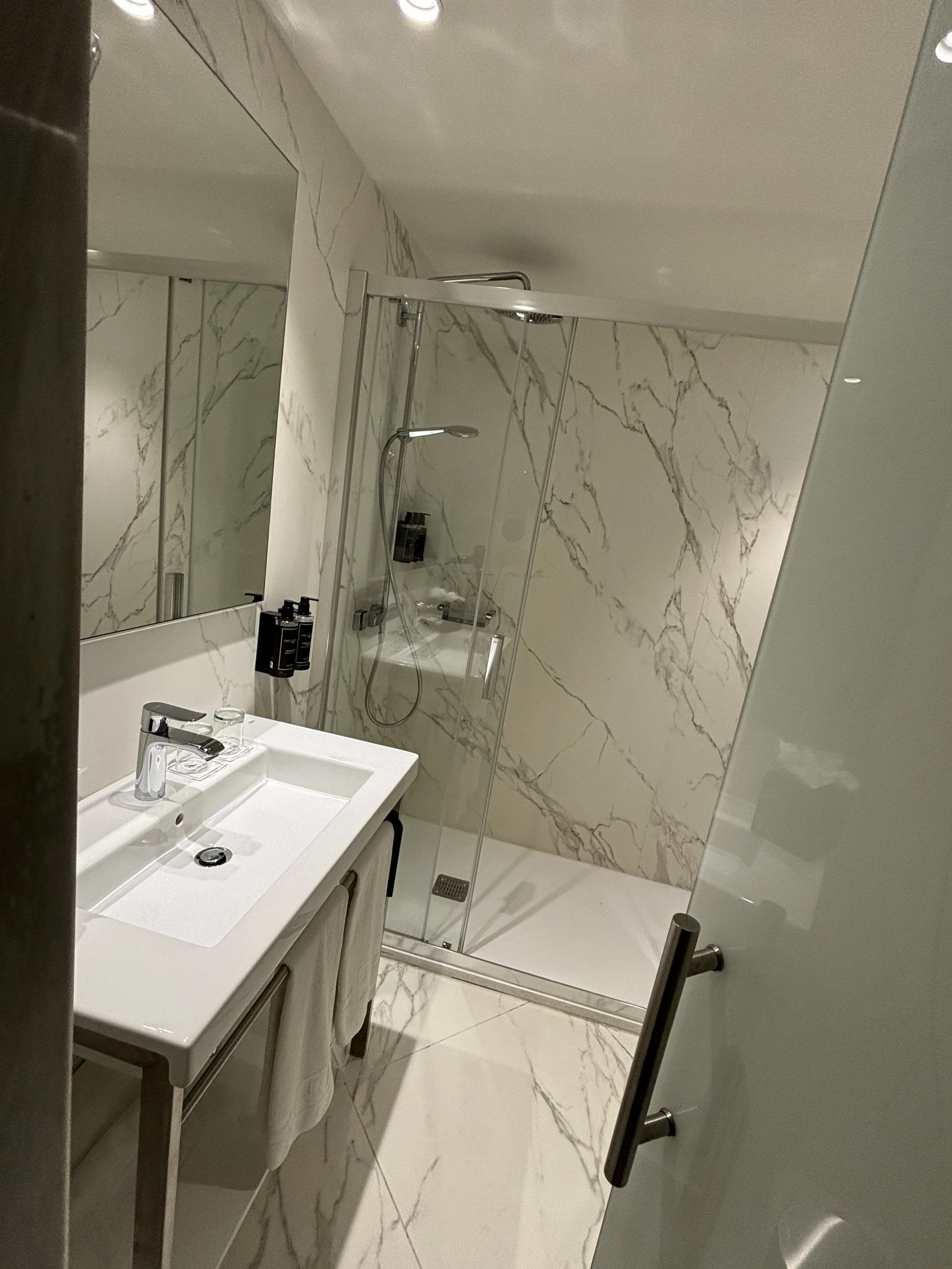Gems of the Costa Blanca: What to see in Alicante, Altea, Tabarca and around
The stretch of the Spanish coast centred on the city of Alacant/Alicante* is popularly known as the Costa Blanca and it is one of Europe’s tourist hotspots.
Now, I know this site usually avoids tourist traps, BUT, in fact, the point of this post is to show that, next to mass-tourism resorts like Benidorm, with their massive 1970s-style multi-storey buildings, there are quite a few beautiful gems that have managed to preserve their Mediterranean charm.
A recent visit to Alacant provided me the chance, with the help of a rented car, to visit some of these locations. I did complete the itinerary in a single day, although that was really, really a stretch and afforded just enough time to get a quick glimpse of the places. This is, therefore, mostly a visual post, since, I think the general relaxed atmosphere of some of these sites, together with the balmy weather is what makes them attractive.
*I have opted to use primarily the Valencian language (the local variant of the Catalan language spoken in the Valencian Autonomous Region) form of place names, although in some cases, like the city of Alacant, the Spanish version - Alicante - may be much better known internationally. Although Valencian/Catalan has, sadly, long been in decline in this area, I think it is a good way to pay homage to local culture and tradition.
A walk through downtown Alacant/Alicante
This was my first time in Alacant, plus my hotel (more on this further down this post) was in the very center of the city, right next to the town hall, so the obvious thing to do was to take a stroll in the central area of the city.
Alacant is a rather commercial city and it has been the scene of very intense urban development in the second half of the 20th century and until this day. Thus, the downtown is mostly “newish” in appearance, but there are is a section of the center, between the town hall and the narrow streets that ascend towards Santa Barbara Castle, in which it is possible to get an idea of the historical city.
The other point that is kind of a must is the seaside palm tree-lined promenade, with its patterned mosaic-covered floors. It has also a number of modernist style architecture that would not be out of place in Cannes or places like that. This is also next to the city’s large marina. Alacant/Alicante has also some notorious urban beaches, like the famous “Platja de Sant Joan”, but I didn’t have time to go for a swim this time!
Must-do in Alacant (Alicante): visit Santa Barbara castle
Santa Barabara Castle is located on top of a steep hill which absolutely dominates the city of Alicante from every possible angle.
This castle is, I would say, the top attraction to visit in Alacant/Alicante if you have limited time for sightseeing.
There is an access road and a couple of trails (which include several flights of stairs), but I would leave those for the way down towards the city.
The fastest and most convenient way to get up the castle is to take the elevator that runs inside the hill and leaves you in one of the upper levels of the castle.
Access is on the sea-facing part of the hill next to the beach of El Postiguet. It costs around €5 each way.
I did take the lift to go up and then walk down into the city to enjoy the views of the old quarter on my way down.
The castle is, in itself, quite a remarkable construction. It looks pretty much the way you would imagine a medieval castle, with several concentric levels of fortifications, with defensive towers, parapets and the like.
But the best reason to go up the hill is to enjoy the magnificent 360-degree views of the city of Alacant and the neighbouring coastline and inland plains.
On the way down you also come across some interesting sights. If Alicante oozes Mediterranean-ness, some corners of this part of the city take it to another level!
Great restaurant in Alicante
El Nou Manolín
C. Villegas, 3, 03001 Alacant
https://grupogastronou.com/en/nou-manolin
This is a sort of cult restaurant in downtown Alacant, with a tradition going back decades for good good and atmosphere. I was taken here by a local friend of mine and the place didn’t disappoint.
El Nou Manolín is located right in the liveliest nightlife area of Alacant, which is packed with bars, terraces and restaurants.
It has two levels, the first one is more like a bar, with a more casual setting in which people just seat around a central bar area, while the upper floor has a more formal, sit-down restaurant.
I have posted here some pictures of the diverse range of tapas and dishes that we tried (I have also included a picture of the bread, because it was so good!).
As you can see, fish or meat, it doesn’t matter. From the morel mushrooms filled with foie and egg (further above) to the littel grilled meat bites to the different presentations of anchovies. It was all pretty delicious.
El Nou Manolín has a particular large variety of rice dishes (an ingredient with a strong presence in Valencian cuisine), although given it was late in the evening, we opted for a lighter option, such as these red shrimps, very fresh andsimply grilled and salted.
One specialty you must try when in Alacant is Fondillón, a sweet wine that is made locally with the Monastrell grape variety.
Although it has a long history dating back centuries, this type of wine came close to extinction at the turn of the 19th C. due to the phylloxera epidemic, a parasyte that devastated Europe’s vineyards. It survived, though, and it has recently seen a bit of a revival, becoming a bit of a symbol of local viticulture and even getting its own Protected Designation of Origin (PDO) from the European Union!
Visiting Altea, a Mediterranean gem
So, leaving Alacant behind, it’s time to move up the AP-7 motorway and drive all the way to the first (and furthest) stop in our Costa Blanca itinerary: the beautiful seaside town of Altea!
Although it has not been immune to the overconstruction and overdevelopment fever of the rest of the Costa Blanca, Altea has a couple great things going for it:
A fantastic natural setting on a small, open bay, with a long, wide beach of crystalline waters, nicely enclosed by two slightly protruding rocky headlands on either side.
A picturesque whitewashed old town slopes down to the beach from a small hill, crowned at the top by a rather imposing domed church.
The charms of Altea have not gone unnoticed (and I am not talking just about Volkswagen subsidiary SEAT naming one of its cars after the town), but about the proliferation of all sorts of real estate agencies all over the place! Altea is, in fact, one of the towns in Spain with the highest number of foreign expat residents.
Pit stop in Benidorm - Avoid!
Down the coast from Altea is the place that epitomizes everything that has gone wrong with urban planning and tourism development in this part of Spain.
Some love it (the “Spanish Dubai” you may even say, to judge by the scale and pace of development going on here) some hate it. I lean towards the latter camp, although when I visited, off-season of course, the place was way more quiet than I expected.
The fact is, that while Benidorm may be able to offer low accommodation prices through sheer economies of scale, there are much nicer places nearby!
The colourful houses of La Vila Joiosa
This was another remarkable find!
La Vila Joisoa (the name of which means literally “The Happy Town” in Valencian-Catalan language) is a seaside town, similar, in many ways, to Altea, just that a tad smaller AND with a polychrome downtown rather than whitewashed!
La Vila Joiosa is eminently a beach destination and the life of the place gravitates towards its wide, sandy beach and the adjacent promenade. Didn’t have time to stop for long, but wouldn’t mind coming back!
An excursion to Spain’s smallest inhabited island: Tabarca
And here comes a truly unique experience, because Tabarca is a rather unusual place. After my visit I even wrote an in-depth piece for CNN about this island.
Located just a couple of kilometres from Alacant, Tabarca is not only Spain’s smallest inhabited island, with some 50 permanent residents, but it has a very interesting history.
Tabarca or, more accurately “Nova Tabarca”, was colonized in the 18th C. by people of Genoese origin.
They were fleeing another Tabarka, a tiny island off the coast of Tunis that acted as a Genoese outpost for a couple of centuries.
When the Bey of Tunis reclaimed the island, those Tabarkians that managed to escape were granted land in “Nova (New) Tabarca” by the King of Spain, who ordered also a fortress be built on the island.
So, today Nova Tabarca offers its visitors the relaxed and charming atmosphere of a Mediterranean fishing village designed with the engineering precision of an 18th-century military fortress, complete with its fortified walls.
What’s more, the two thirds of the island that were not built over, as well as the surrounding waters, are a protected natural area which feels a world apart from the buzz found on the coast of the neighbouring mainland.
How to get to Tabarca
Although Tabarca is officially a district of the city of Alacant, the ferries depart from the port of Santa Pola, which is a few km south of the city, near the airport.
There are several boats a day (although frequencies diminish drastically in winter!) and the return ride costs around €9. The trip takes some 20min and as an added bonus, most of the ferries have a glass bottom that lets you see the bottom of the sea as you approach the island!
The Palm Grove of Elx (Elche), a UNESCO World Heritage Site
The last stop of our list is the millenary Palm Grove of Elx (“El Palmeral de Elche” in Spanish), a World Heritage Site which dates back to the time of Al-Andalus, when this part of Spain was under Moorish rule.
The palm grove is, nowadays in the very center of the city, and it is a large park, which, as the name implies, is dotted with some 200,000 palm trees. The atmosphere is, indeed, reminiscent of some of the oasis of the Middle East, such as Al-Ain, which, by the way, is also an UNESCO World Heritage site.
I only managed to get to Elx by the evening, when the sun had already set, but this was not a problem to visit the palm grove since it is an open public park. Perhaps the nocturnal atmosphere made the place somehow even more interesting and suggestive!
Where to stay in central Alicante
Eurostars Mediterranea Plaza
Plaça de l'Ajuntament, 6, 03002 Alacant
https://www.eurostarshotels.com/eurostars-mediterranea-plaza.html
This is a nice, modern four-star hotel that is as central as it gets in Alacant, just opposite the town hall, in the main square of the old town. The room and bathroom were impeccably clean and had a functional design.
The breakfast was also very good and it included a good number of local specialities, a nice touch!
The hotel does not have parking (a relevant point in my case, since I had rented a car upon my arrival at the airport), however, there is a public parking two minutes walk away next to the port, which cost something like €20 per day.
